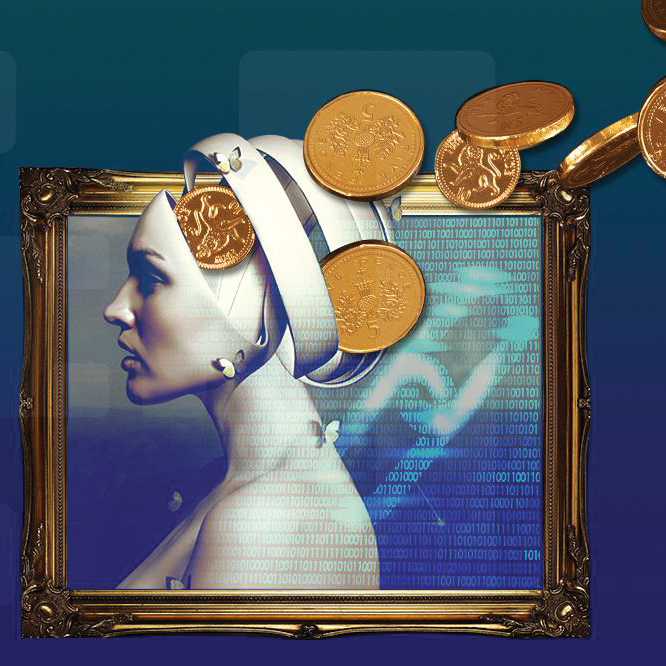
This Crypto Art ABC is a short and convenient compendium for you to keep handy. Also if it’s true there is still a lot to cover and to understand about this crypto art trend and market, it’s better to understand what NFT means before creating one.
Consequently, by checking out some of the following principal terms and concepts you will ease your journey through crypto art.
The following crypto art ABC glossary is in alphabetical order.

BLOCKCHAIN:
It is a digital ledger that proves that a group of people arranged something. Blockchain records are permanent and very secure, preventing manipulation. The name comes from its structure, in which individual records, called blocks, linked together in a single list create a chain. Blockchains record transactions made with cryptocurrencies, such as Bitcoin, and have many other applications, like enabling Smart Contracts or non-financial purposes, as the IPFS.
ETHEREUM (ETH):
This is the second-largest cryptocurrency. Ethereum builds with publicly available software that developers can use to develop their cryptocurrency and software. At a very high level, most NFTs are part of the Ethereum blockchain.
GAS:
This term points at a small amount of Ethereum paid to people who use their computers to store transactions and do other software actions.
GAS FEES:
These fees are the transaction charges that users pay to miners on a blockchain contract to have their transactions included in the block. The system works on a standard supply and requests energetical expense. The network’s miners can decline to process a transaction if the gas price does not meet their threshold, and users of the network who seek processing power will determine gas prices.
METAMASK:
Metamask allows users to store and manage account keys, broadcast transactions, send and receive Ethereum-based cryptocurrencies and tokens, and securely connect to decentralized applications through a compatible web browser or the mobile app’s built-in browser
MINING / BLOCKCHAIN MINING:
A peer-to-peer computer process, Blockchain mining is used to secure and verify bitcoin transactions. Mining involves Blockchain Miners who add bitcoin transaction data to Bitcoin’s global public ledger of past transactions. In the registers, blocks are secured by Blockchain miners and are connected, forming a chain.
MINTING:
Minting defines the computer process of validating information, creating a new segment, and registering that information into the blockchain, as it can only store a limited amount of data.
(Bitcoin) NODES:
A node is a computer connected to other computers which follow the rules and share information. A ‘full node’ is, in fact, a computer in Bitcoin’s peer-to-peer network which hosts and synchronizes a copy of the entire Bitcoin blockchain.
(Mining) NODES:
A mining node contributes to the network by guessing the combinations needed to “seal” the blocks of transactions. Consequently, this confirms the transaction itself, producing new Bitcoins in the process.
SMART CONTRACTS:
Blockchain smart contracts provide security that is superior to the traditional contract law. For example, by doing this they reduce other transaction costs associated with contracting. Besides, a smart contract is a self-executing contract with the terms of the agreement between buyer and seller. All directly written into lines of code. The code and the deals contained therein exist across a distributed, decentralized blockchain network.
Wish to know more about creating your own NFT or about the NFT Marketplaces? Follow us!











